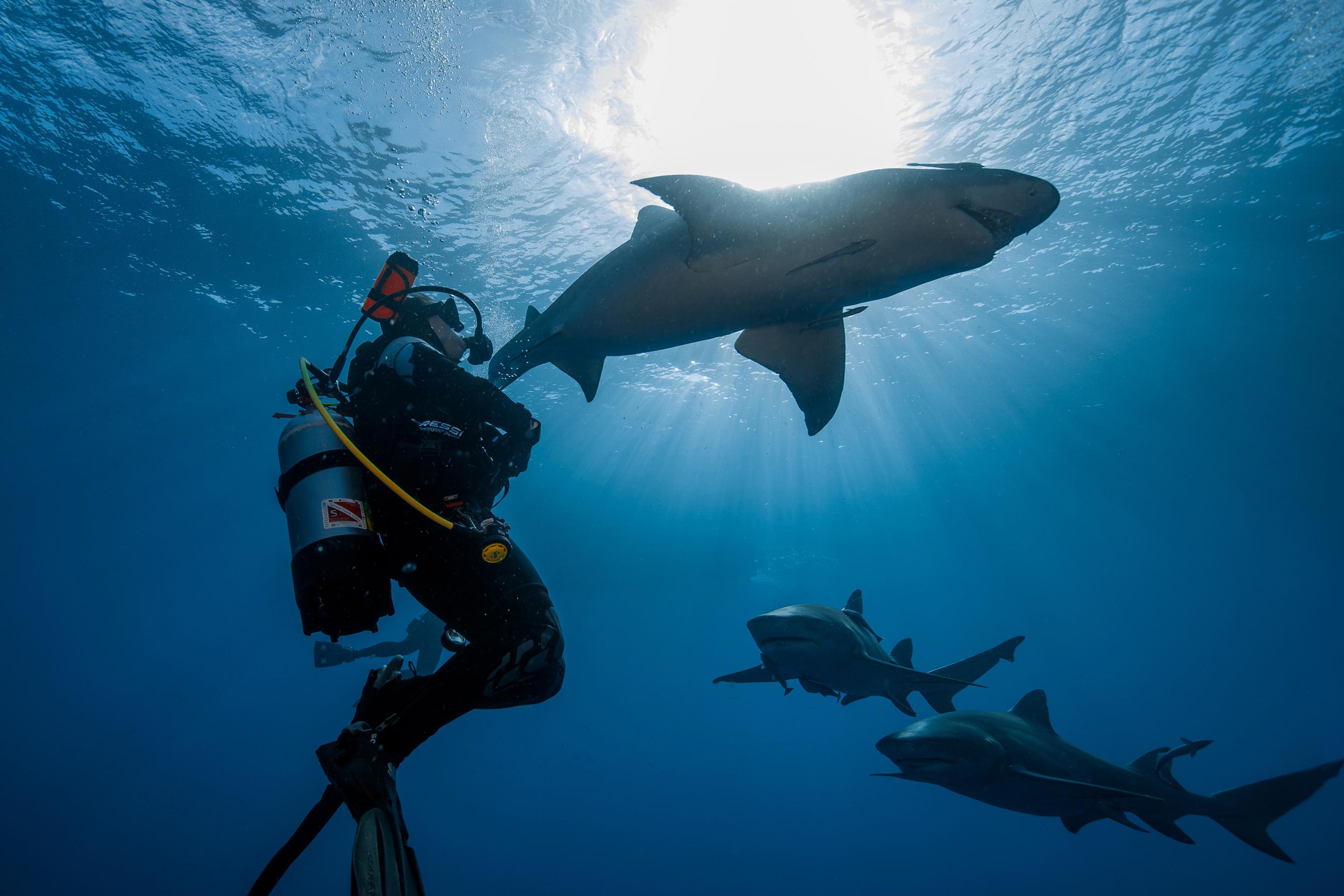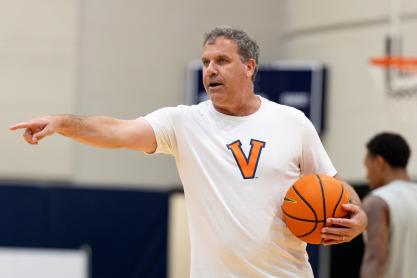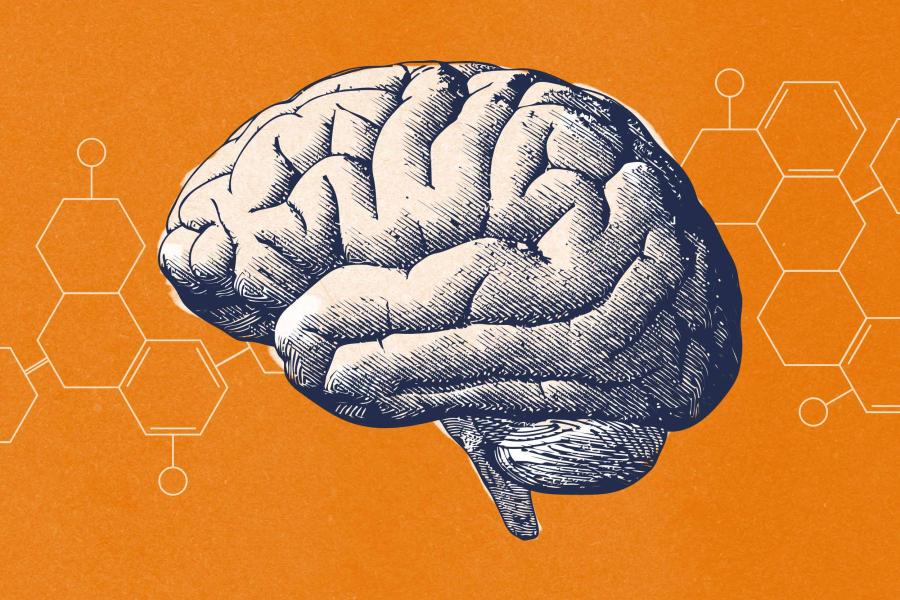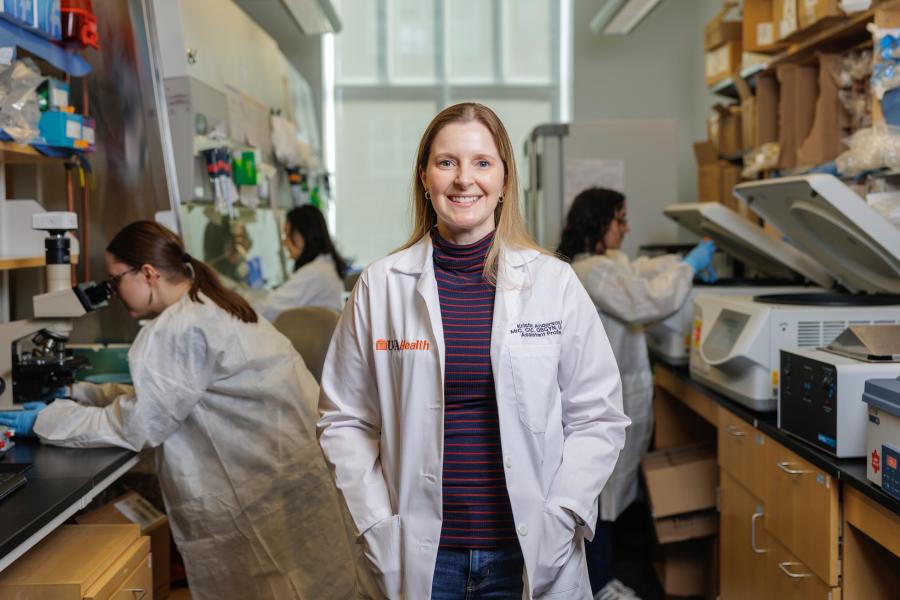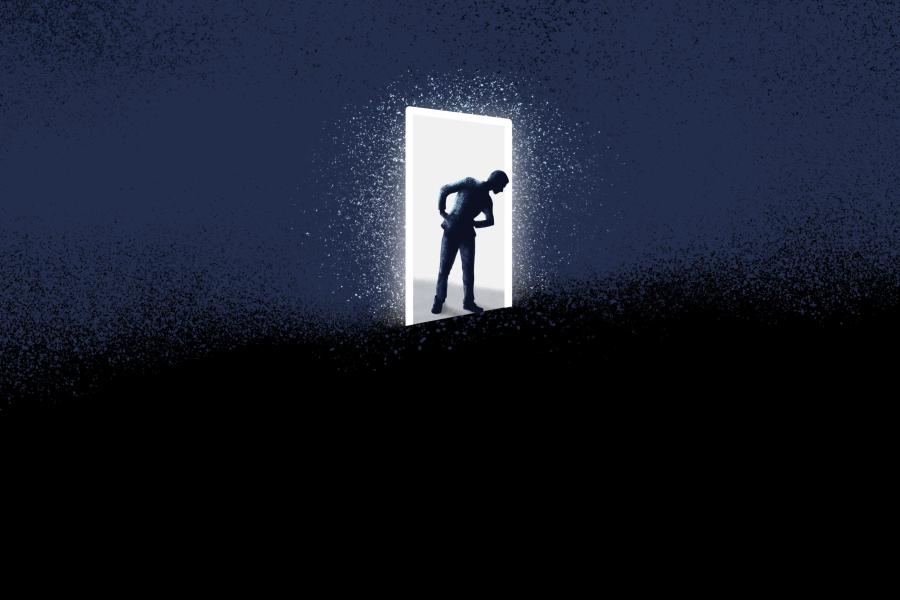While attending the United States Military Academy at West Point, Giovanna Camacho studied engineering psychology and became an expert diver. Camacho, now a doctoral student in the University of Virginia’s School of Engineering and Applied Science, is once again combining those pursuits to develop new technology that could make the difference between life and death.
Camacho – who works in the lab of Matthew Bolton, an associate professor of systems and information engineering – is developing a wearable, low-cost device that could make water search-and-rescue operations more efficient.
Divers use sonar or eyewitness accounts to generally locate targets, but they still search by grid patterns and communicate with rope pulls, Camacho said. A “tender” on the surface sends directions – for example, three tugs to go right, four to go left – to the diver, whose location is marked by surface bubbles.
“In low-visibility conditions, it’s already easy to miss something,” said Camacho, a volunteer with the Lake Monticello Water Rescue and Dive Team. “And the problem can be worsened when divers get confused by the directions they are being given and lose their orientation in urgent situations or in currents.”
With only minutes to find someone beneath the water, the efficiency of search and rescue can determine the difference between life and death.
A Guiding Hand
Inspired by the Tactile Situation Awareness System, developed for pilots by her mentor Angus Rupert at Embry-Riddle Aeronautical University, Camacho is engineering a device that will be more intuitive for divers, with no rope codes to remember.
“It should feel like a hand guiding you,” Camacho said. “Thankfully, the technology’s advanced enough that we can design the exact frequency variations and vibrations you need to make it feel that way.”

Camacho is working on her doctorate at the UVA School of Engineering and Applied Science after earning her undergraduate degree at the United States Military Academy at West Point and her master’s at Embry-Riddle Aeronautical University. (Photo by Tom Daly)
That technology uses vibrating “tactors” that are activated by electrical wiring and embedded in a garment worn around the diver’s waist, inside a wetsuit or dry suit. An electrical tap on one side orients the wearer to a target. Multiple simultaneous vibrations guide the diver in the correct direction or to stop. A series of pulses convey distance to the target.
Using GPS from the surface, the tender can deliver signals to direct the diver through the search grid, or coordinates could be preloaded into the system.
Do Camacho’s cues work?
“Yes,” said Larry Antonacci, a master diver and chief of the Lake Monticello team, who tested Camacho’s prototype, though he didn’t think the system was quite ready for inexperienced divers.
“In my line of work, where we do a lot in zero-visibility search and rescue, it would be a great low-cost alternative to rope pulls,” Antonacci said, noting the voice systems his team normally uses cost several thousand dollars.
Beyond Diving
Diving isn’t the only use Camacho envisions for the device. She thinks it could silently guide soldiers through dangerous environments or give visually impaired people another navigational tool.
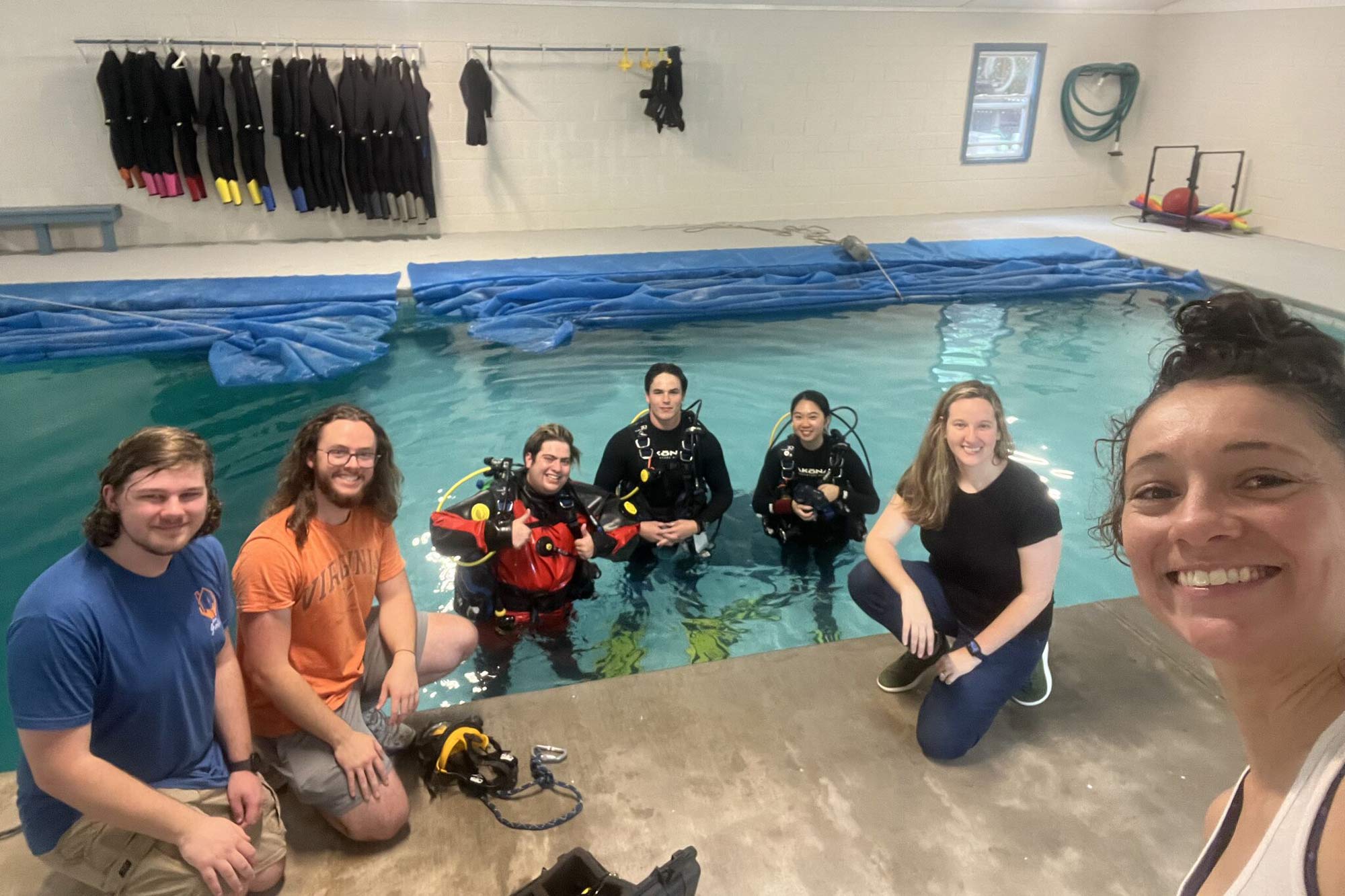
Camacho’s team helps her test a prototype at the Fluvanna Dive Center. The team includes UVA undergraduates Alex Taylor, Hunter Oakey, Chris Marotta, Henry Bearden and Sharon Lu, assistant professor of electrical and computer engineering Amanda Watson, and Camacho. (Contributed photo)
That idea dawned on her when she conducted proof-of-concept experiments with visually impaired volunteers across Ireland, an opportunity that arose through a U.S.-Ireland exchange program with UVA’s Link Lab.
Some of her funding is from the Virginia Space Consortium, which is interested in seeing if her underwater experiments would work in space.
Design, Test, Iterate
Camacho’s first effort – a Triton Systems T-shirt that she modified – was a crash course in soldering multipin connectors, building Arduino controllers and writing software. Fortunately, assistant professor of electrical and computer engineering Amanda Watson offered space in her wearable technology lab and assistance from her student, Sharon Lu, as well as advice on software development.
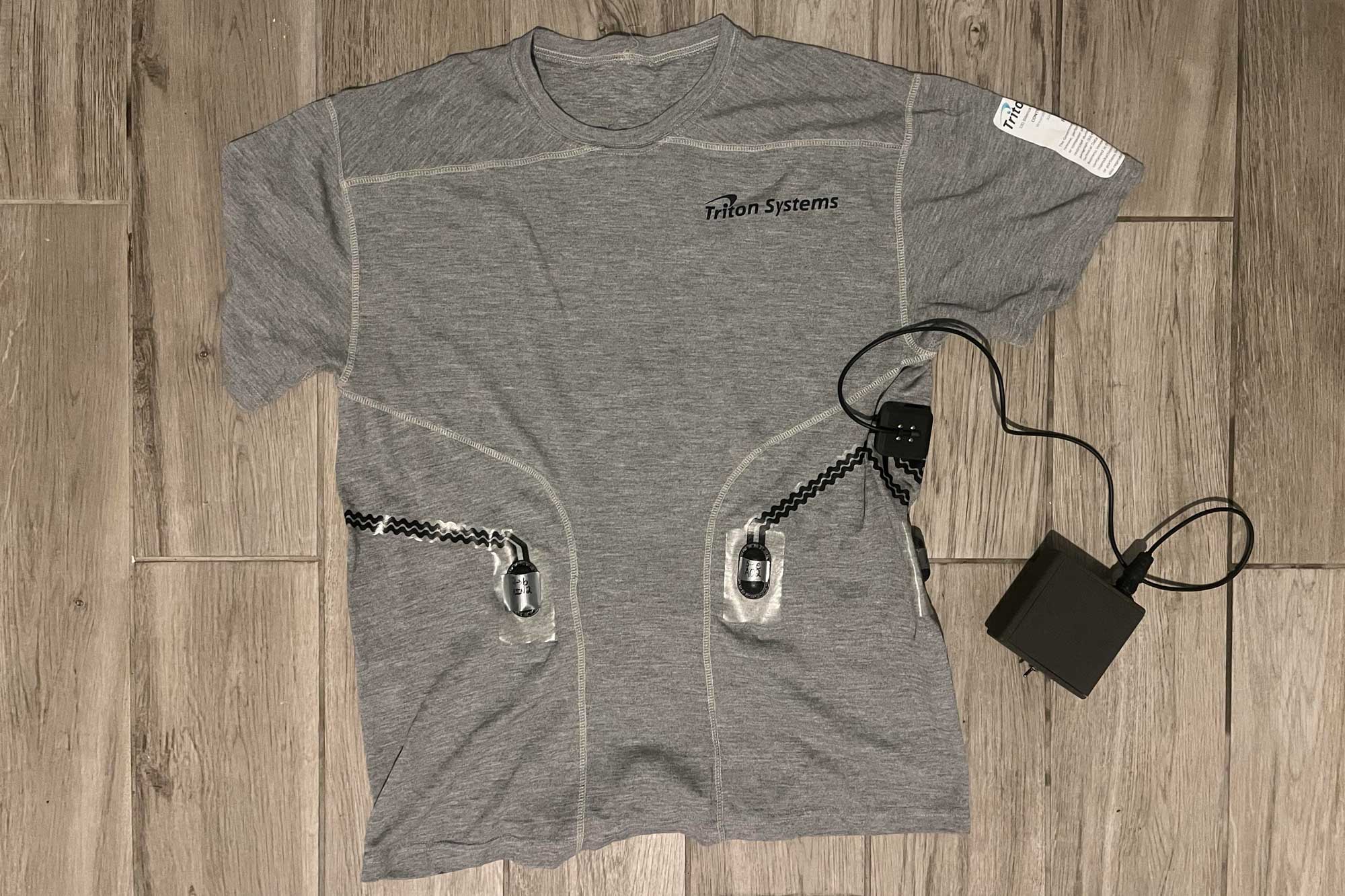
Camacho’s second prototype will transmit wirelessly and be handmade from waterproof materials. Her first prototype was modified from a purchased T-shirt. (Contributed photo)
Her second prototype – which Camacho is working on while in California completing a NASA Pathways internship – will include GPS integrated into a phone app, customizable sensor placement on the body, improved waterproofing and a redesigned wiring system to fix problems with the first version.
Eventually, Camacho plans to add artificial intelligence so the system can predict and direct the user’s movements.
